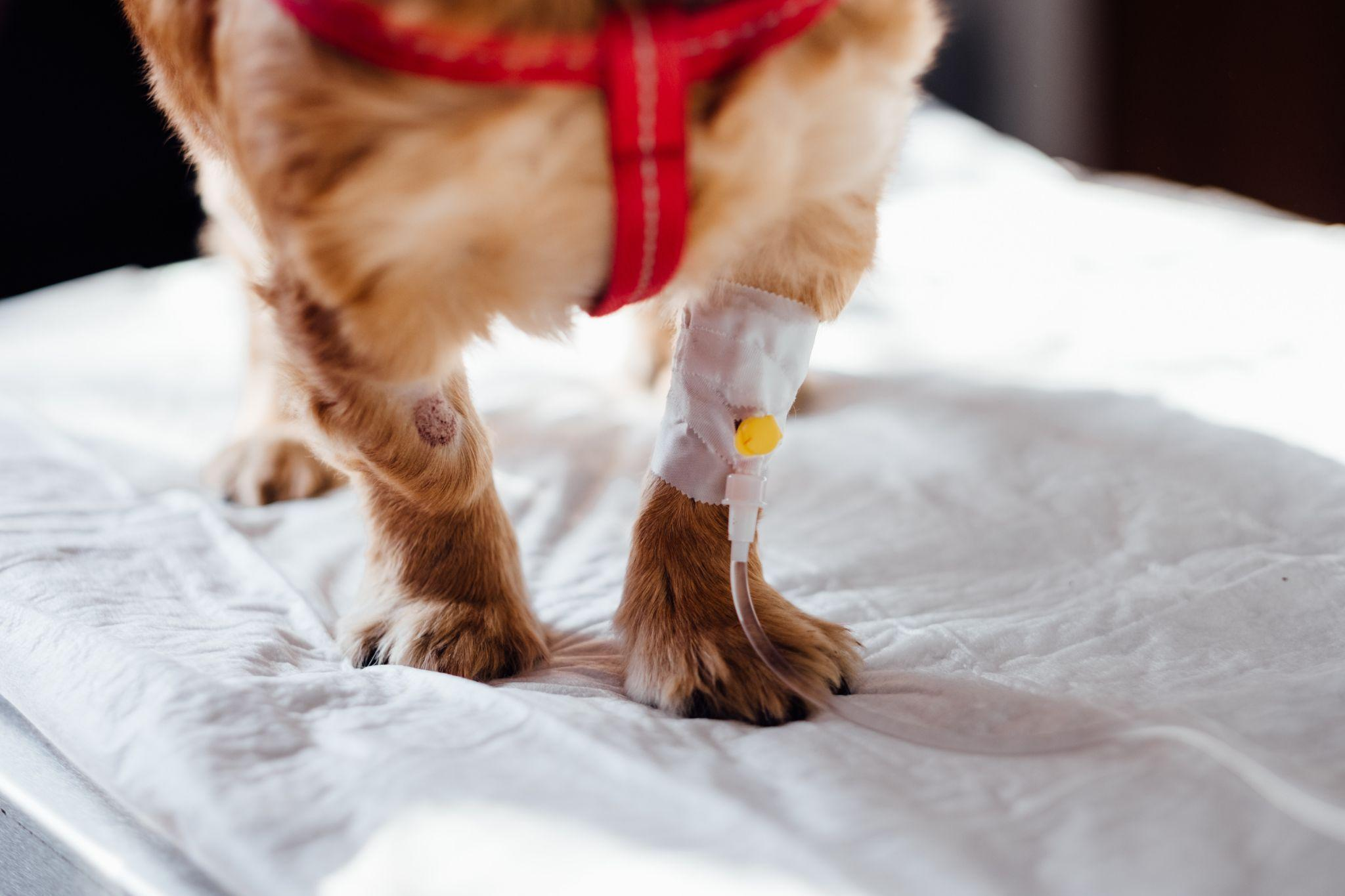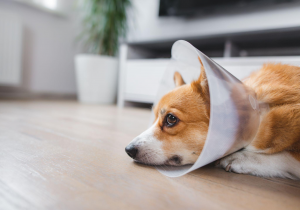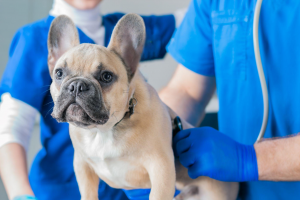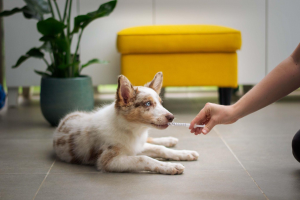
Pets are arguably part of the family. They share the good and bad times with you and are often by your side in times of need.
However, despite their companionship and even childlike essence, we cannot forget that their communication means are different from ours as humans. It can take much more effort for us to understand them.
Whilst it may be more difficult to identify when something isn’t right with your pet, it certainly isn’t impossible. In fact, many physical and behavioural indicators are definite signs your pet needs a helping hand.
Knowing and being aware of these symptoms within your pet can be detrimental to your pet’s health. However, it is also acting on these symptoms and knowing when to seek veterinary professionals that can be a life-changing decision you can make for your pet.
So, what is the importance of taking your pet to the vet, and what indirect signs indicate you need to?
Importance of Visiting the Vet
Among Australian pet owners, the most common reasons for visiting the vet are check-ups and vaccinations, followed by illness and injury. Despite this, people often avoid taking their pets to the vet because of the perceived high cost.
However, vet costs are not high compared to other professional services, nor are they unexpected. Anyone intending to become a pet owner should have done adequate research beforehand, and identified vet fees are an inevitable part of the process.
Pre-existing health conditions are understandably an important reason to take your pet for regular vet checkups. However, there are additional behaviours and symptoms that seemingly healthy animals can convey to indicate you need to book a vet appointment ASAP.

Signs You Need to Take Your Pet to the Vet
Unusual bathroom habits
Paying close attention to your pet’s bathroom behaviours certainly doesn’t sound appealing. However, it is a small price to pay to guarantee their health.
Life as a pet parent isn’t always rosy, and that means looking at your pet’s faeces to determine whether it looks different to normal. Any change in colour, consistency, odour or regularity of bowel movements can indicate various health issues.
In fact, any diarrhea, blood in the stool or constipation can be symptoms of inappropriate food, allergies, viruses, bacteria, intestinal parasites or organ problems. Understandably, making any of these symptoms important reasons to visit the vet.
Eyes look unusual
Don’t be blinded by the cuteness of sparkly, wide, puppy dog eyes. If your pet begins to show any noticeable changes in their eyes, they likely warrant medical attention.
If you cannot isolate the cause and your pet is experiencing dilated pupils, constricted pupils, or one pupil is more dilated than the other; it is likely a sign of illness. Any continuous discharge, droopy eyes, or inflamed eyelids are also cause for medical attention.
Appetite changes
While appetites vary from pet to pet, healthy animals should eat regular meals and be interested in food.
While a temporary loss of appetite can be harmless, it can indicate an illness, mouth injury, or underlying disease if it lasts longer than two days. Whether your pet is no longer interested in food or can’t stop raiding the kitchen cupboard or bin, it’s time to seek professional advice.
Excessive thirst
Similarly to your pets eating habits, if they are drinking too much or not enough, it is a sign that you need to take them to the vet.
Despite pets’ inability to communicate verbally with us, they share many similarities with humans, and unfortunately, that includes their ability to develop some of the same diseases. If your pet is drinking excessive water, it may signify that they have diabetes or kidney disease.
Kidney disease occurs when an animal’s kidney no longer properly filters waste products from the blood or maintains necessary hydration and is one of the most common causes of death in dogs. Fortunately, this can be prevented by early identifying the issue and managing their condition with the correct medical treatment.
Excessive panting
Another similarity pets share with humans is normal puffing and panting after exercising. However, continuous panting is typically a cause for concern and can indicate breathing troubles.
If your pet is open mouth breathing, especially at rest, you should visit a vet as soon as possible. This is generally a sign of respiratory distress from a condition like asthma or heart disease and is not something you want to prolong.

New or unusual bumps
As pets age, it is normal for bumps and lumps to develop. However, these aren’t always harmless and can sometimes be malignant masses or severe bites that can require immediate diagnosis and treatment.
If you notice anything out of the ordinary, it is important to have your pet checked on the chance that the bump is severe.
Excessive energy or hyperactivity
Extra energy may not seem like a symptom of illness. However, hyperactivity can signal a medical problem or injury in a pet.
If your pet is running around nervously and just cannot sit still, it can nearly seem endearing. However, it may be their way of telling you they aren’t feeling right. While it is possible they just have something in their fur causing them to itch, it can be something more serious. Take a comb through your pet’s fur before calling the vet to be sure.
Constant lethargy
Lethargy and tiredness can be signs of many different issues, including infections, pain and a variety of diseases. When combined with changes in appetite, weight loss, and pale features, it is a sign you should take your pet for a checkup.
Occasional fatigue is normal but is definitely a sign of illness if it lasts longer than two days and your pet has seemed to lose the essence of its personality.
Unusual hair loss
Hair loss is generally a sign that your pet may not be well and possibly has fleas or ticks. Sometimes ridding your pet’s fur of pests can solve the problem, but other times the issue could be deeper.
Thyroid disease is often connected with hair loss in pets and can make them extremely ill. No matter your assumed cause for the hair loss, it is worth a trip to the vet to get a confirmed diagnosis and treat your pet accordingly.
Visible signs of pain
While this point seems obvious; we couldn’t dismiss it.
If your pet is limping, flinching, yelping, whining, hiding, or panting, it is a telltale sign that they are suffering from some sort of pain or discomfort. This pain can be related to simple things like broken toenails. However, it can also indicate more serious spinal, dental, or abdominal problems.
Professional diagnostic tools are often required to pinpoint the sources of discomfort, meaning you should book an appointment with your vet as soon as your pet begins to show any signs of pain.

In Summary
Due to animals’ survival instincts, they will likely try to appear as healthy as possible on the outside. You must know your pet, stick to your guns, and act on any unusual behaviours you observe.
At the end of the day, you know your pet better than anyone else, so if something doesn’t seem right, taking them to the vet is the best way to guarantee their health.
The more knowledgeable you are about animals, the better pet parent you can be. For more information regarding pet care, visit our blog. Or, contact Pets in Peace to discuss caring for you and your pet throughout all stages of their lives.
